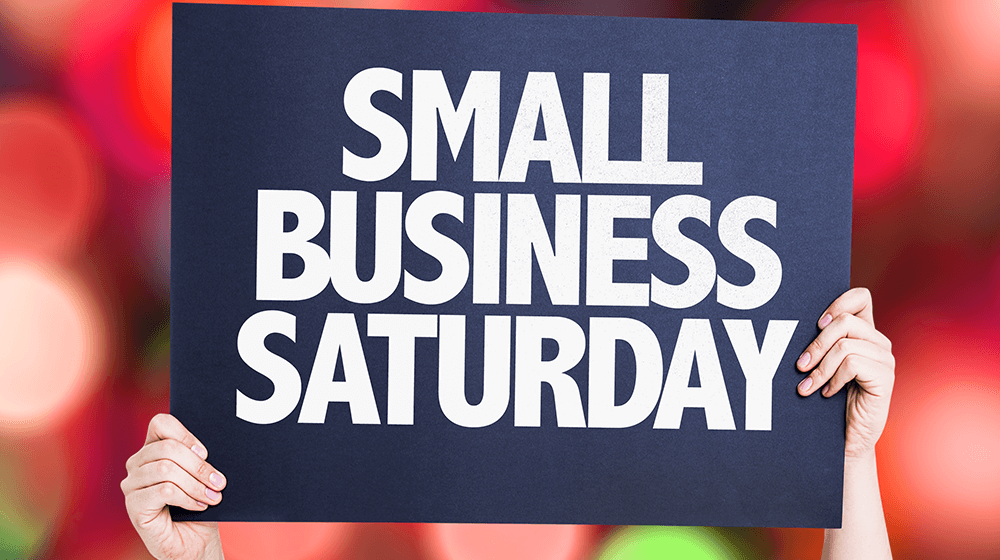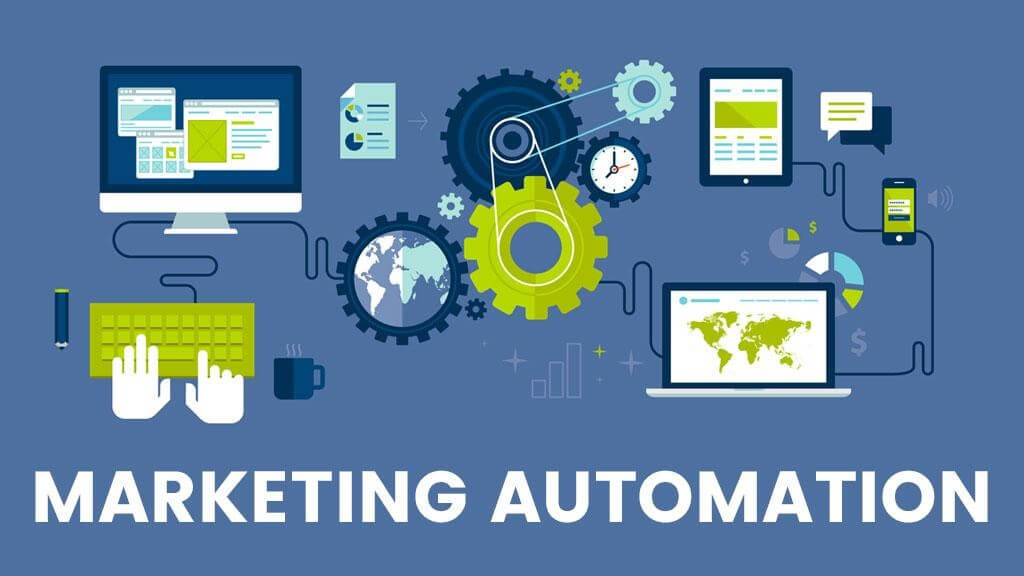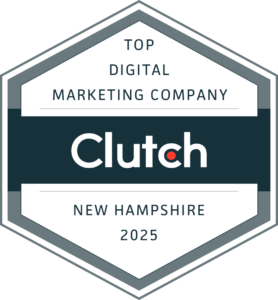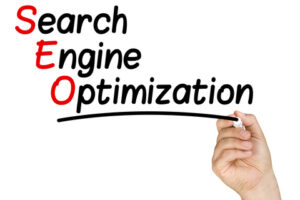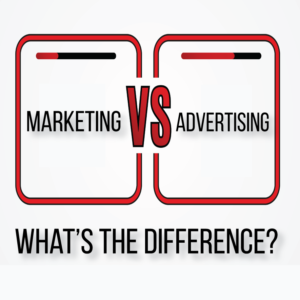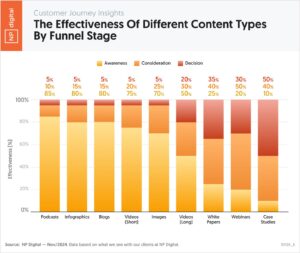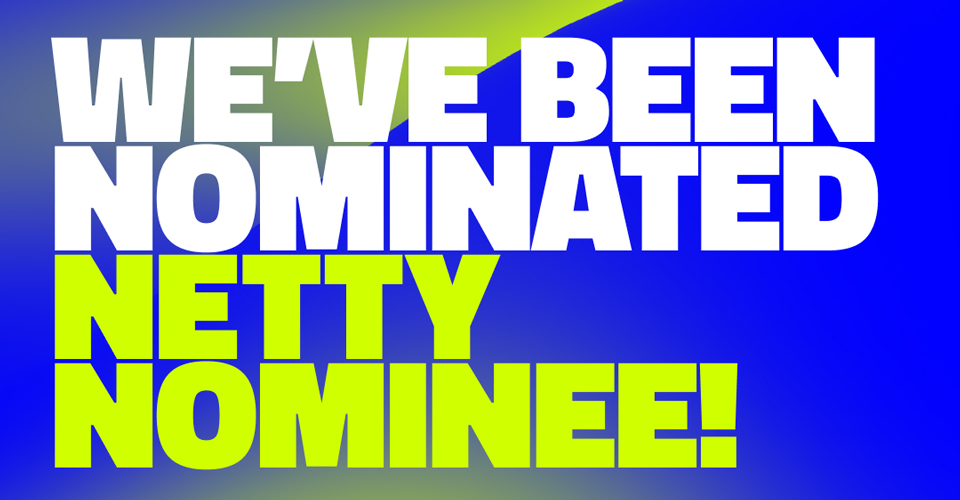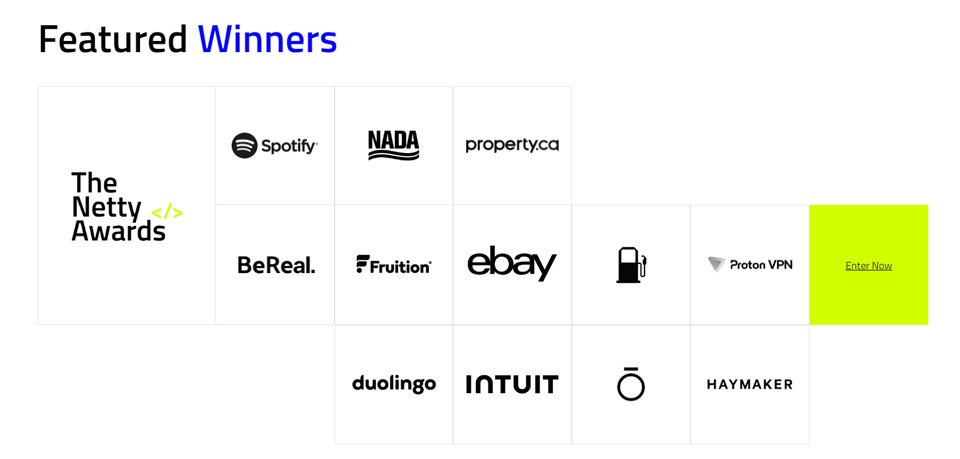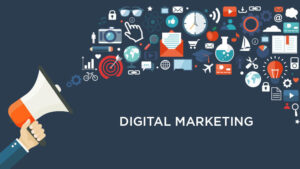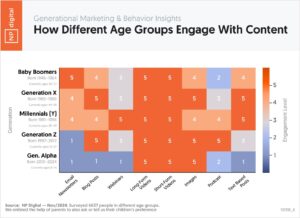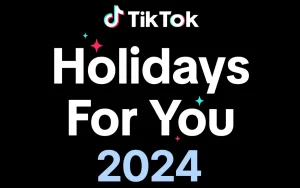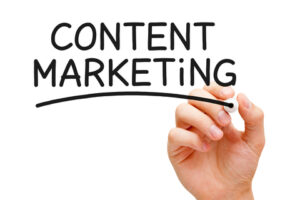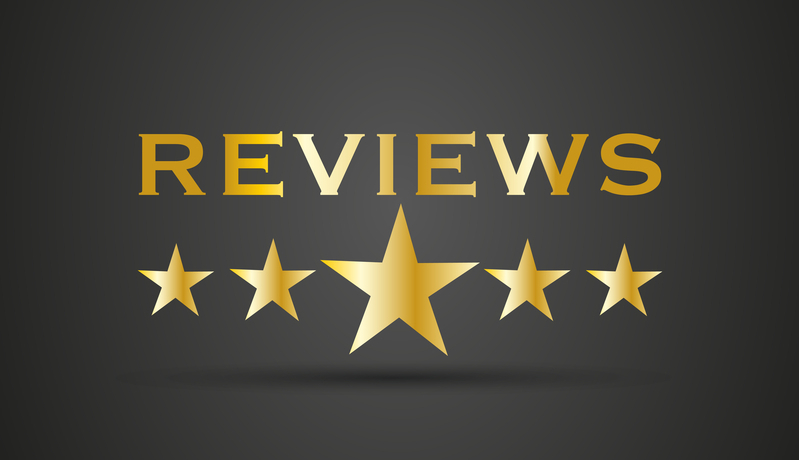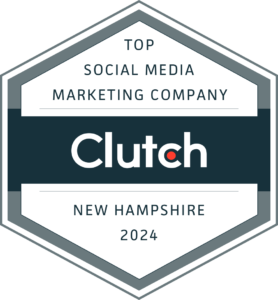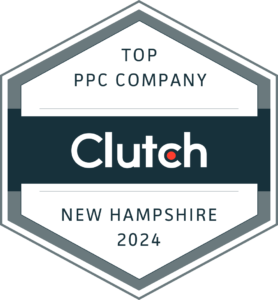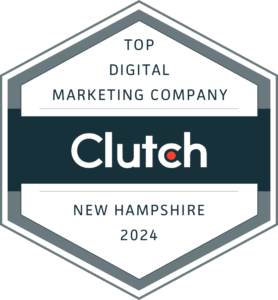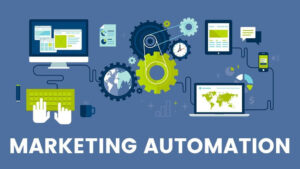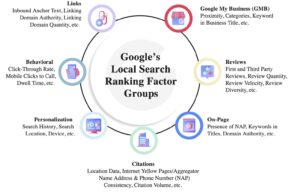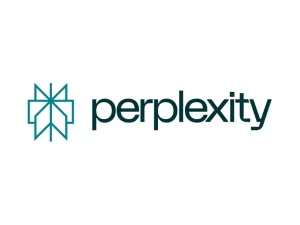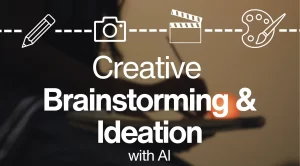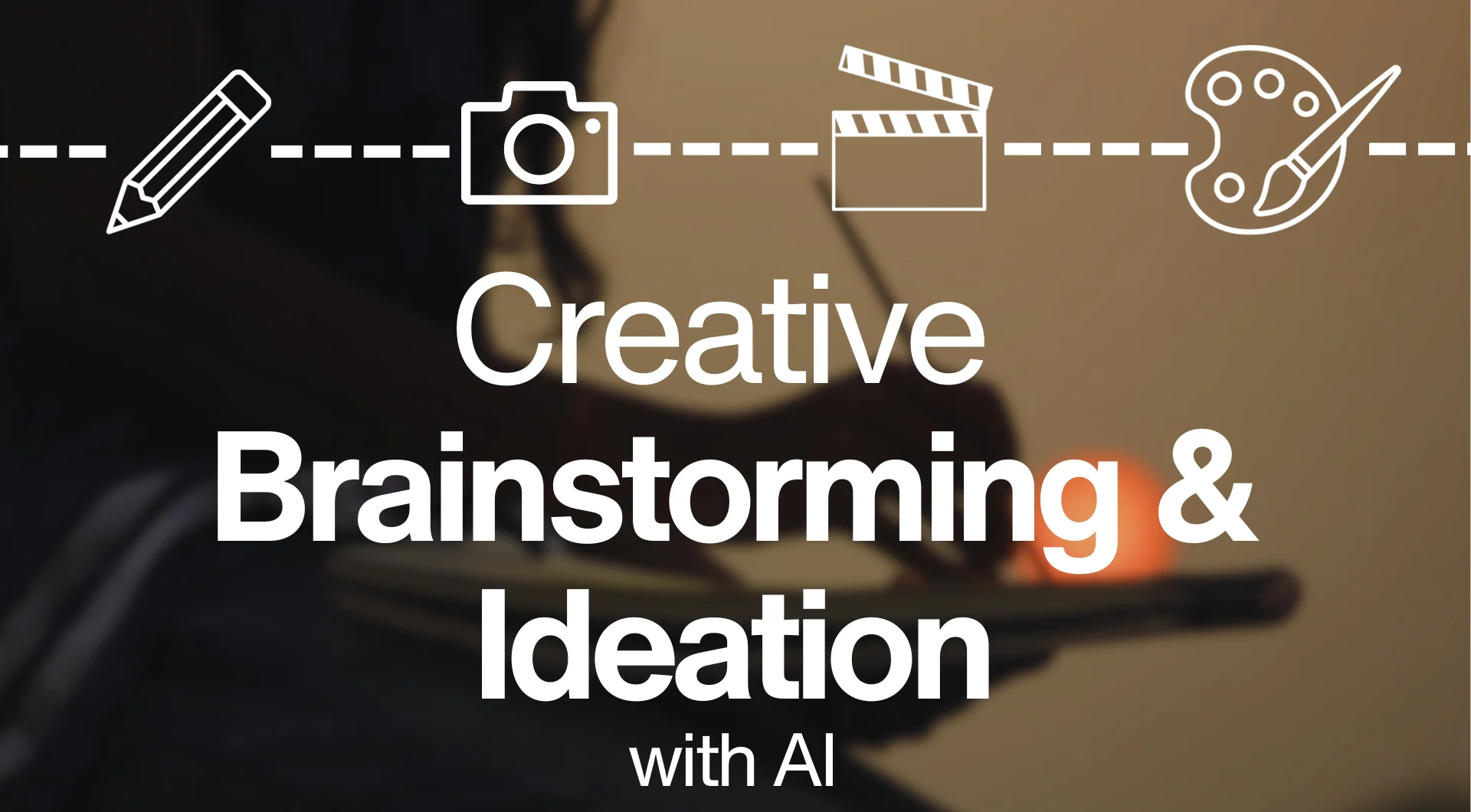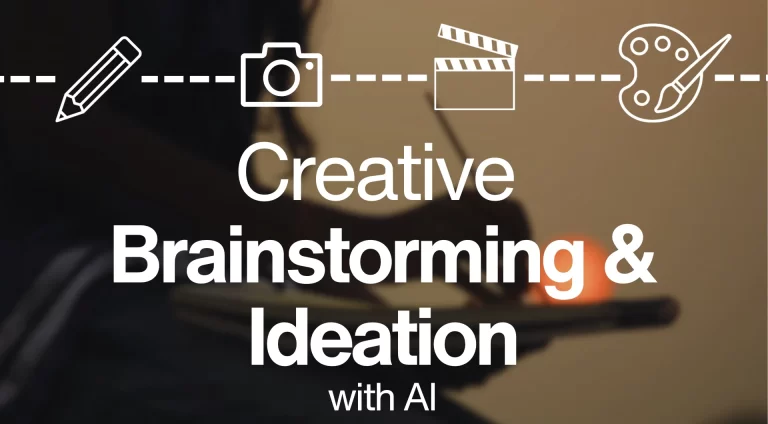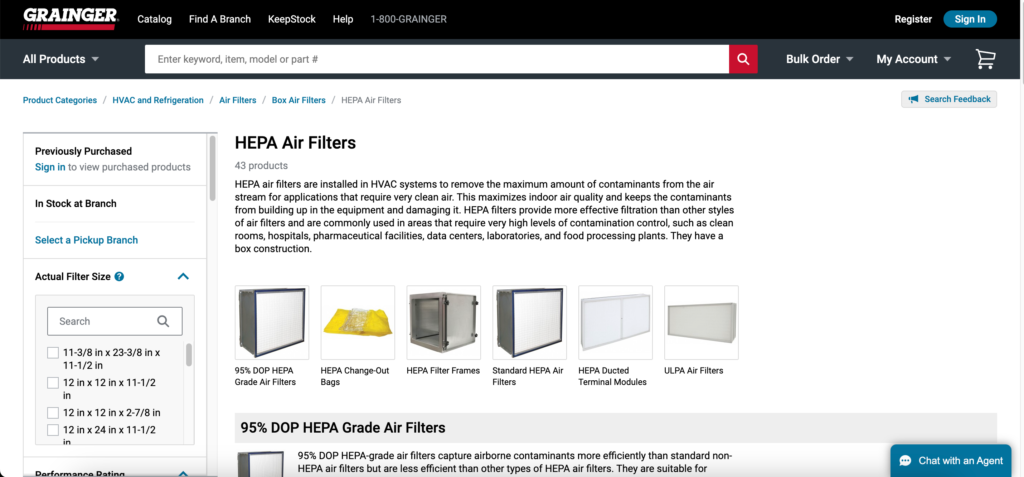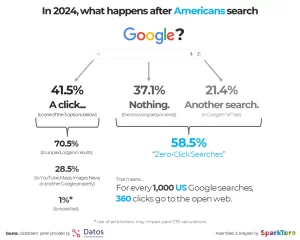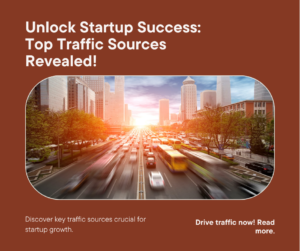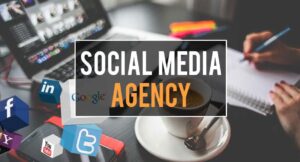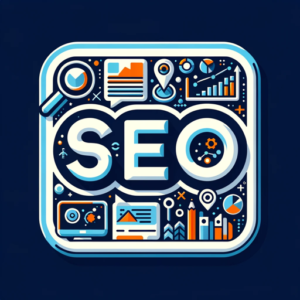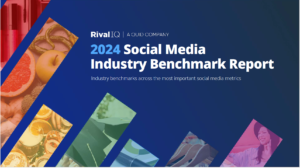Five Ways To Promote Your Business During Small Business Saturday

1. Get the word out there about Small Business Saturday
2. Offer special deals and discounts exclusively for Small Business Saturday
Like Black Friday, Cyber Monday and Small Business Saturday, consumers expect to see special deals and discounts on these days. That does not mean that you have to discount everything in your store. Just enough to make consumers feel happy that they are getting a deal.
One way to do that is to get new consumers to sign up for a loyalty program at purchase, providing you with an opportunity to engage with them throughout the year.
3. Create a festive atmosphere in your store
You can also offer special holiday promotions and discounts to encourage shopper loyalty. By taking these steps, you’ll be able to tap into the holiday spirit and create a shopping experience that your customers will remember long after the season is over.
4. Make it convenient for customers to shop with you
5. Say thank you
Conclusion
Fill out the form below to find out how Braveheart can help you get more customers.
Recent Posts

Definitive Guide To Building Your Brand Presence on Twitter
Updated Best Practices for Building a Brand Presence on X (2025) X (formerly Twitter) continues to be a powerful platform for real-time conversations, customer engagement,

Definitive Guide To Building Your Brand Presence on LinkedIn
Updated Best Practices for Building a Brand Presence on LinkedIn (2025) LinkedIn remains the premier platform for professional networking and B2B marketing, offering businesses unparalleled
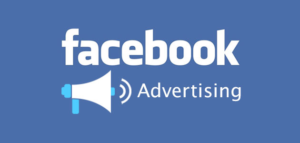
Definitive Guide To Building Your Brand Presence on Facebook
Best Practices for Building a Brand Presence on Facebook (2025) Facebook remains a cornerstone of digital brand building, offering businesses unparalleled opportunities to connect with
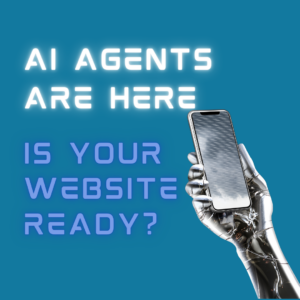
AI Agents
AI Agents Have Arrived: Is Your Website Ready? In the rapidly evolving world of digital marketing, a seismic shift is upon us. For months, there
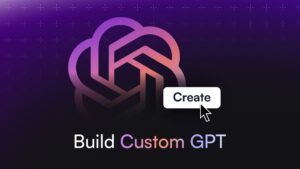
How We’re Leveraging AI for SEO: Braveheart’s Cutting-Edge Approach
How We’re Leveraging AI for SEO: Braveheart’s Cutting-Edge Approach The digital marketing landscape has been revolutionized by artificial intelligence (AI), with tools like ChatGPT at
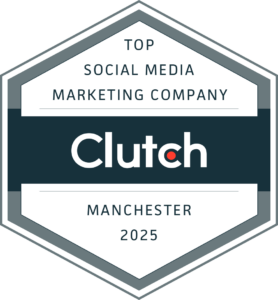
Social Media ROI
How To Maximize Your Paid Social ROI in 2025 As we step into 2025, the digital advertising landscape continues to evolve at breakneck speed. With
